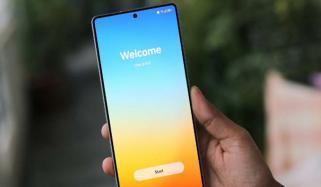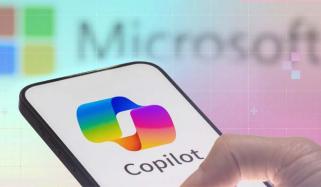
Australian workers are at strongest adopters of the generative AI in the workplace, a new survey reveals.
According to Bandt, the new data published by Microsoft in its fourth Work Trend Index provides a detailed view of how AI is changing the dynamics of work.
The Work Trend Index combines survey data from 31,000 workers and leaders from across 31 countries, telemetry data, and labour data to find out how AI is becoming common in the workplace.
Lucy Debono, modern work business director of Microsoft Australia and New Zealand, observed, “2024 is the year AI at work becomes real. Organisations that apply AI to drive growth, manage costs, and deliver greater value to their customers will pull ahead.”
She further noted, “The data also shows that AI will play a major role in the labour market, with greater value placed on AI, both as a skillset and aptitude among job seekers and for its ability to reshape workflows so employees can enjoy their work more.”
The research revealed that Australian workers are the most enthusiastic adopters of generative AI in the workplace.
The data showed that 84 percent of Australian workers use AI technology at work, which is higher than the global average of 75 percent.
Moreover, 80 percent of Australian leaders agreed that AI adoption is important to remain competitive. However, they are worried about the lack of vision and implementation plan.
The National Chief Technology Officer of Microsoft Australia and New Zealand, Sarah Carney, said, “Employees are driving uptake in generative AI across Australian workplaces. It’s imperative that business leaders engage more and bridge the disconnect by providing clarity to employees on how to use AI in responsible ways that adhere to their organisations’ security and privacy requirements.”
















